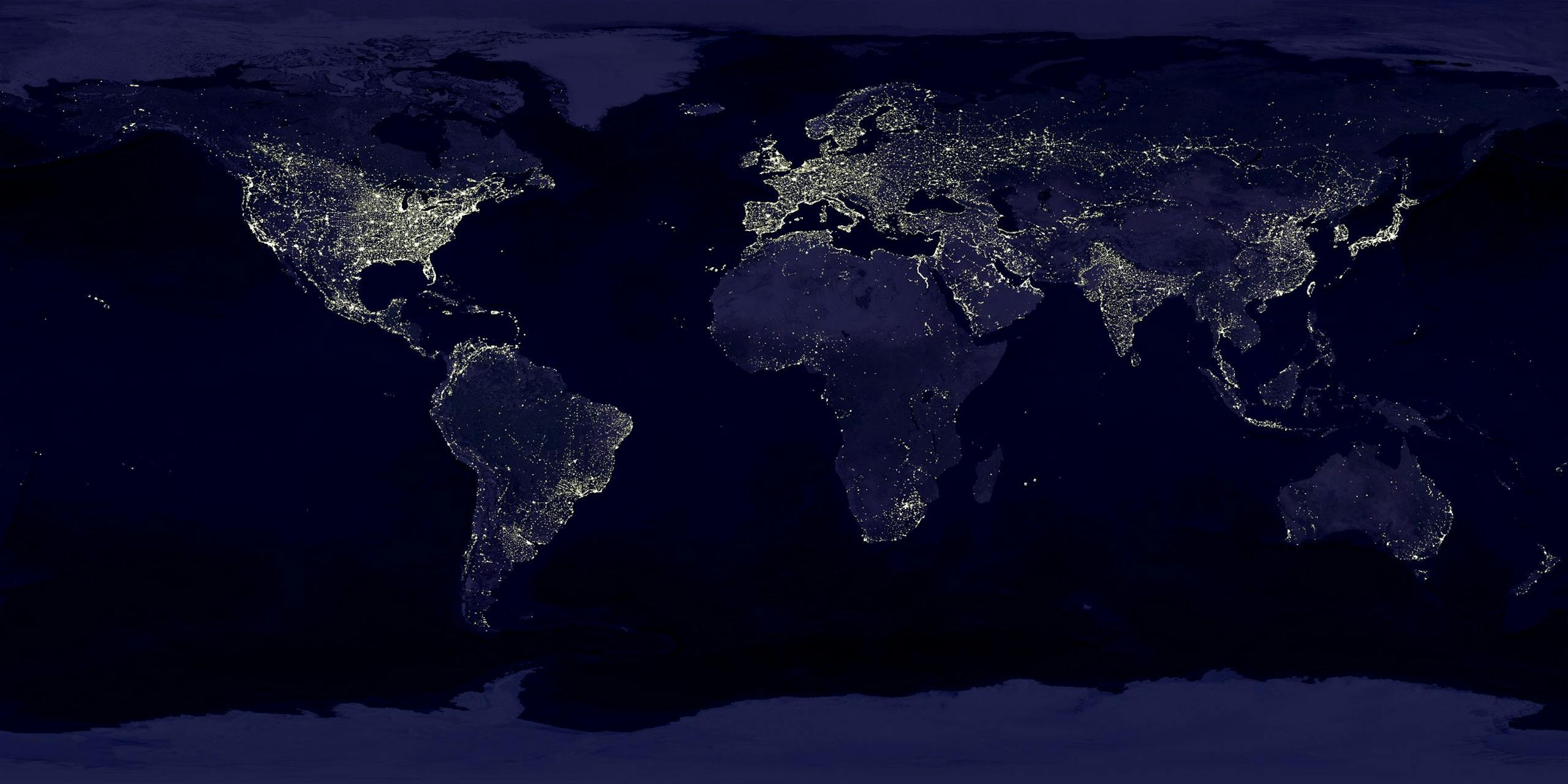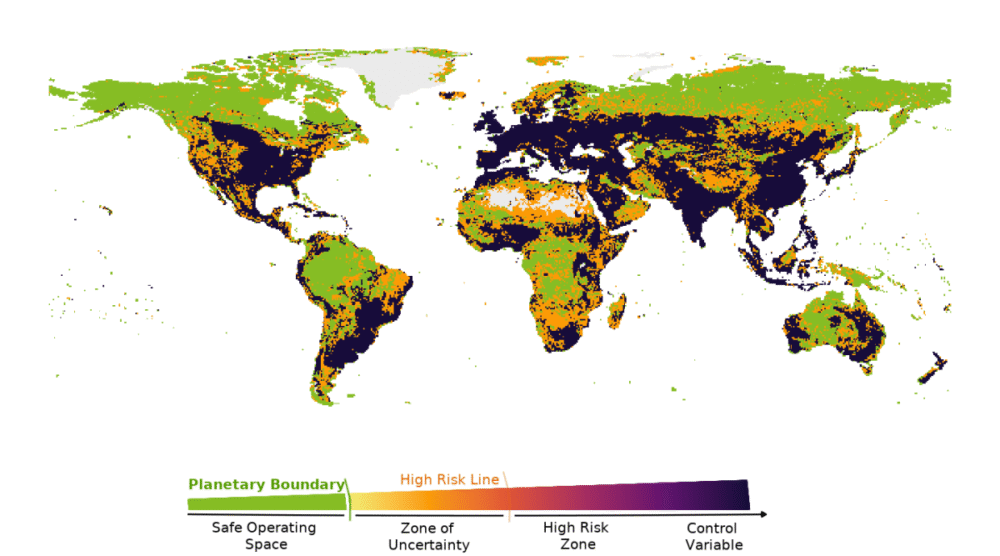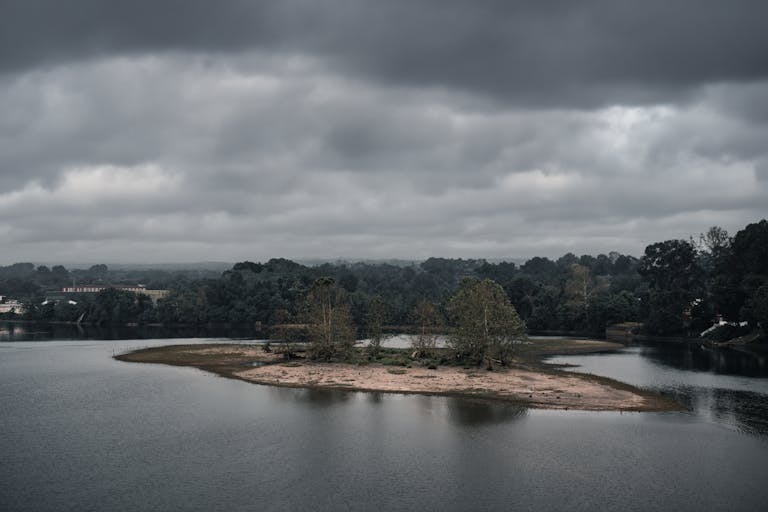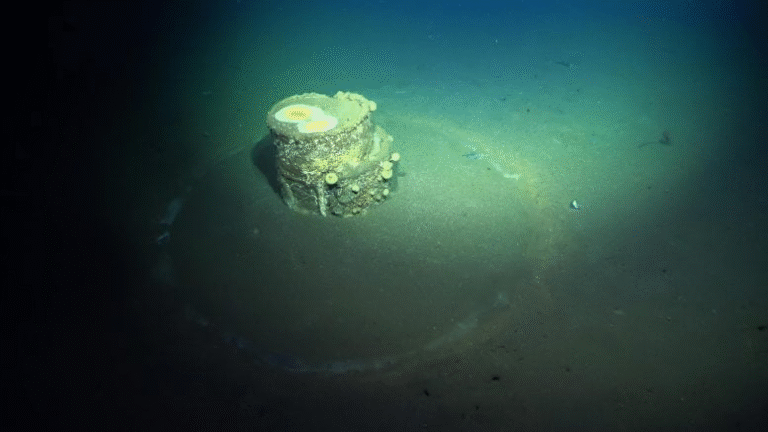60% of Earth’s Land Has Crossed the “Safe Zone”

A new global study has painted a sobering picture of our planet’s health. According to researchers, 60 percent of Earth’s land is now outside what scientists call the “safe ecological zone.” Even more concerning, 38 percent of that land falls into the high-risk category. These findings are a wake-up call, showing how human activities are pushing ecosystems beyond their limits.
What Exactly Is “Functional Biosphere Integrity”?
At the heart of this research is something known as functional biosphere integrity. Think of it as the Earth’s ability to keep its natural systems—carbon, water, and nitrogen cycles—running smoothly. Plants, through photosynthesis, generate energy that fuels these cycles and keeps ecosystems in balance. But when humans take too much—whether through farming, logging, or converting land for cities—nature’s stability is disrupted.

This concept is part of the Planetary Boundaries framework, which identifies the safe operating conditions for humanity. Alongside climate change and biodiversity loss, biosphere integrity is one of the critical limits we must respect if we want to ensure a livable future.
How Did Scientists Measure This?
The study, led by the Potsdam Institute for Climate Impact Research (PIK) and BOKU University in Vienna, is the first of its kind to map biosphere integrity in such detail. Researchers looked at two main indicators:
- Human use of biomass – how much of the planet’s natural productivity (like crops, timber, and plant residues) we are redirecting for our own purposes.
- Ecosystem destabilization risk – the degree of large-scale changes in vegetation and disruptions in natural cycles of water, carbon, and nitrogen.
By combining these measures, the team created a map that shows where ecosystems are still stable, where they are at increasing risk, and where they have tipped into high-risk territory.
A Look Back in Time
The analysis didn’t just focus on the present—it traced land changes all the way back to the year 1600. Surprisingly, the warning signs started appearing much earlier than many might assume. By 1900, about 37 percent of the world’s land had already left the safe zone, with 14 percent in high-risk territory. The culprit? Industrialization and intensive land use.
Fast forward to today, and the situation has only worsened. Land use, particularly for agriculture, has left a heavy footprint in Europe, Asia, and North America, regions where ecosystems have been altered most dramatically. What’s striking is that these ecological boundaries were being breached long before global warming became the pressing issue it is today.
Why This Matters
This isn’t just a scientific concern—it’s about our collective future. As human demand for biomass continues to rise—whether for food, raw materials, or even bioenergy—pressure on the biosphere will only grow. And because vegetation plays a key role in storing carbon, overloading the system makes tackling climate change even harder.
The new research highlights the direct connection between biosphere health and climate policy. Protecting natural ecosystems is not separate from climate action; they are two sides of the same coin. Without healthy ecosystems, carbon sinks weaken, biodiversity collapses, and weather patterns become more unstable—all of which circle back to impact human societies.
A Call for Action
Scientists involved in the study stress that this global map should serve as an urgent signal for international climate policy. The findings show that we can no longer treat land use, biomass consumption, and climate change as isolated issues. Instead, they need to be tackled together under one overarching goal: comprehensive biosphere protection.
This doesn’t mean halting human use of natural resources entirely—after all, we depend on them for survival. But it does mean finding smarter, more balanced ways to meet our needs without pushing nature past its breaking point.
Final Thoughts
The new study may sound alarming, but it’s also an opportunity. By clearly showing where and how ecosystems are under strain, it gives us the knowledge we need to act. If governments, businesses, and communities take these findings seriously, there’s still a chance to pull back from the brink.
The big takeaway? Earth’s land is signaling distress, and our choices today will determine whether we move back into the safe zone—or drift even further away from it.
Source: “Breaching planetary boundaries: Over half of global land area suffers critical losses in functional biosphere integrity”
DOI: 10.1016/j.oneear.2025.101393





